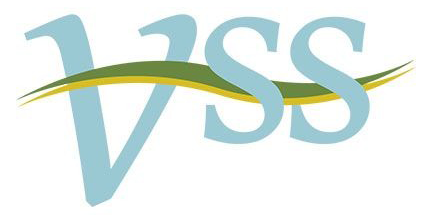Recent Blog Posts
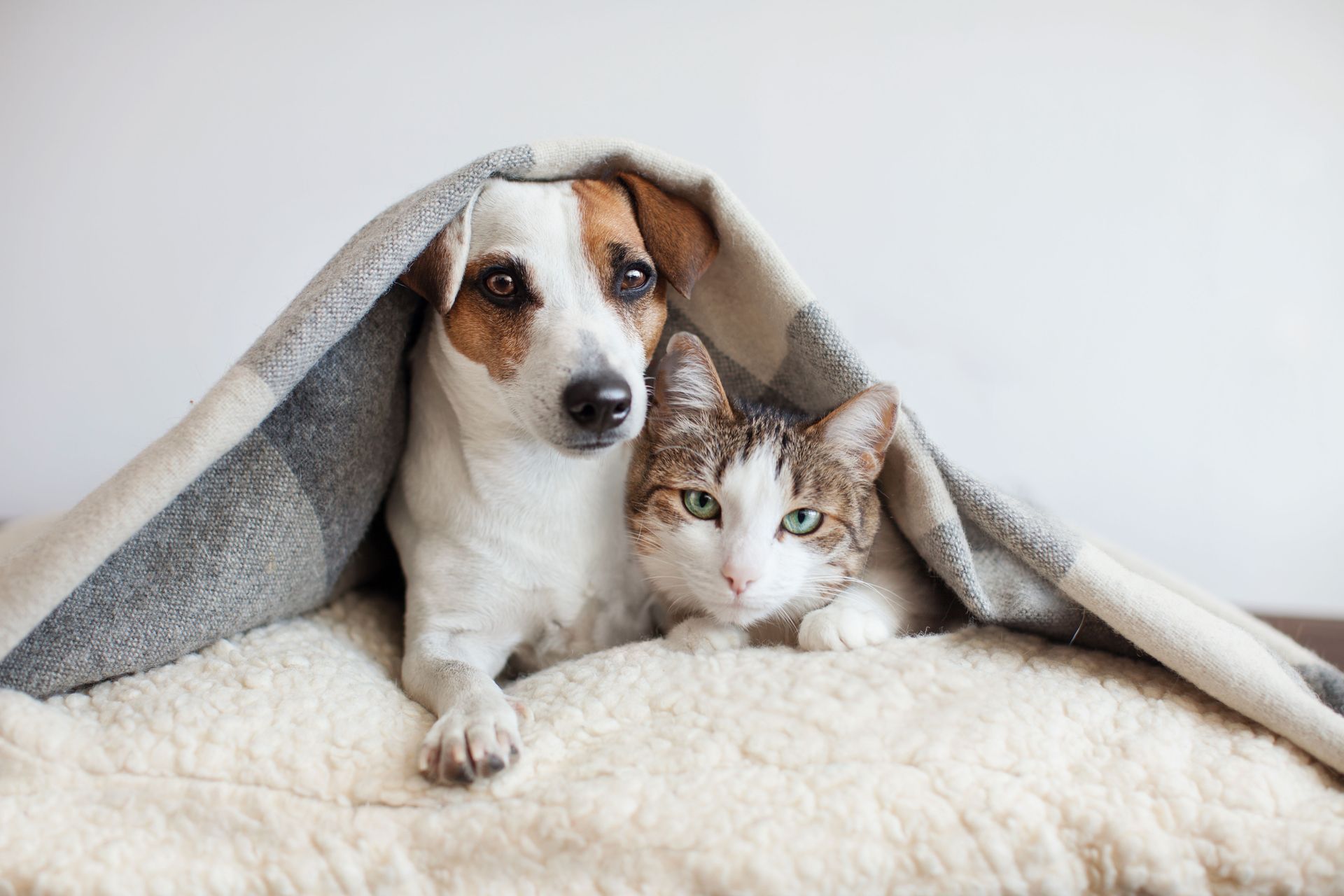
August 19, 2025
Veterinary technicians spend years in intensive training programs to become credentialed professionals. They entered the veterinary field to save lives, provide advanced nursing care, and make a difference for pets and their people. But, in practice, m any credentialed technicians are inappropriately utilized and spend their shifts cleaning kennels and washing, drying, and folding the never-ending pile of veterinary practice laundry. Surely, your team members did not sign up to be licensed laundry professionals. Although every job requires some cleaning, as the facility must remain clean and tidy to minimize disease spread, that shouldn’t be your techs’ main job. Laundry is a necessary evil, but what if you could reclaim that time? Here are five reasons why outsourcing your laundry with Veterinary System Services could be your practice's best decision this year. 1. Harness your team’s talents Credentialed veterinary technicians (CrVTs) are highly trained professionals with advanced nursing skills and invaluable experience. They undergo a rigorous education alongside veterinary students, and that deserves respect. Your CrVTs probably excel at cleaning, too, but that doesn’t mean it's a good use of their talents. Outsourcing your veterinary practice laundry frees up techs to do what they do best—provide excellent care to patients and clients. Your technicians can contribute to the practice’s financial health in other, far more productive ways, such as assisting in surgery, educating clients, tending to hospitalized patients, or keeping the veterinarian’s schedule moving. Plus, technicians who are utilized to the fullest extent of their licensed skills have more job satisfaction. 2. Save time and boost practice efficiency Laundry—which can seem never-ending—is time-consuming for team members, as they load, fold, sort, and restock. Consider what your practice could accomplish if laundry were taken off everyone’s plate—not only your veterinary technicians. Your staff could redirect their energy toward seeing more patients or providing better care. Outsourcing laundry improves overall practice efficiency and ensures you never run out of towels for wrapping patients or surgical gowns for that last-minute emergency procedure. 3. Eliminate hidden costs Doing your own laundry seems like a reasonable solution to help keep operational costs down—your team is already in the building, so they might as well throw in a load of laundry, right? However, doing it yourself has hidden costs: Water and electricity — Constant washing and drying can spike your utility bills. Maintenance — Frequently used washers and dryers need expensive routine repair or replacement. Productivity loss — The time your team spends doing laundry doesn’t generate revenue, while direct patient care does. Outsourcing your veterinary practice laundry is likely more cost-effective in the long run. Pricing is a predictable monthly fee with no surprises related to repairs or leaks. 4. Improve veterinary practice cleanliness Cleanliness in a veterinary practice is about aesthetics and safety. Clients judge a hospital by looks and smells, and maintaining high cleanliness standards protects pets and the community from infectious diseases. However, achieving hospital-grade cleanliness with in-house laundry might take more work than you think. Leaving your veterinary practice laundry to the professionals ensures that your linens meet the highest hygiene standards. Professional equipment, detergents, and disinfectants, plus procedures to reduce cross-contamination, provide a total sanitary environment. 5. Boost morale and retention Your team, especially CrVTs, may feel undervalued when they spend their time and talents on tasks that don’t align with their training and education. Overburdening technicians with non-clinical duties like laundry can lead to burnout and turnover. However, using an outside service for your veterinary practice laundry shows your team you respect their time and credentials, improving team morale and retaining top talent in your clinic. Outsourcing laundry isn’t only about convenience or cost. Using the Veterinary System Services laundry program prioritizes what truly matters—delivering exceptional care and creating a respectful work environment where all your team members can thrive. Contact us to learn more about professional laundry services and give your team the break they deserve!
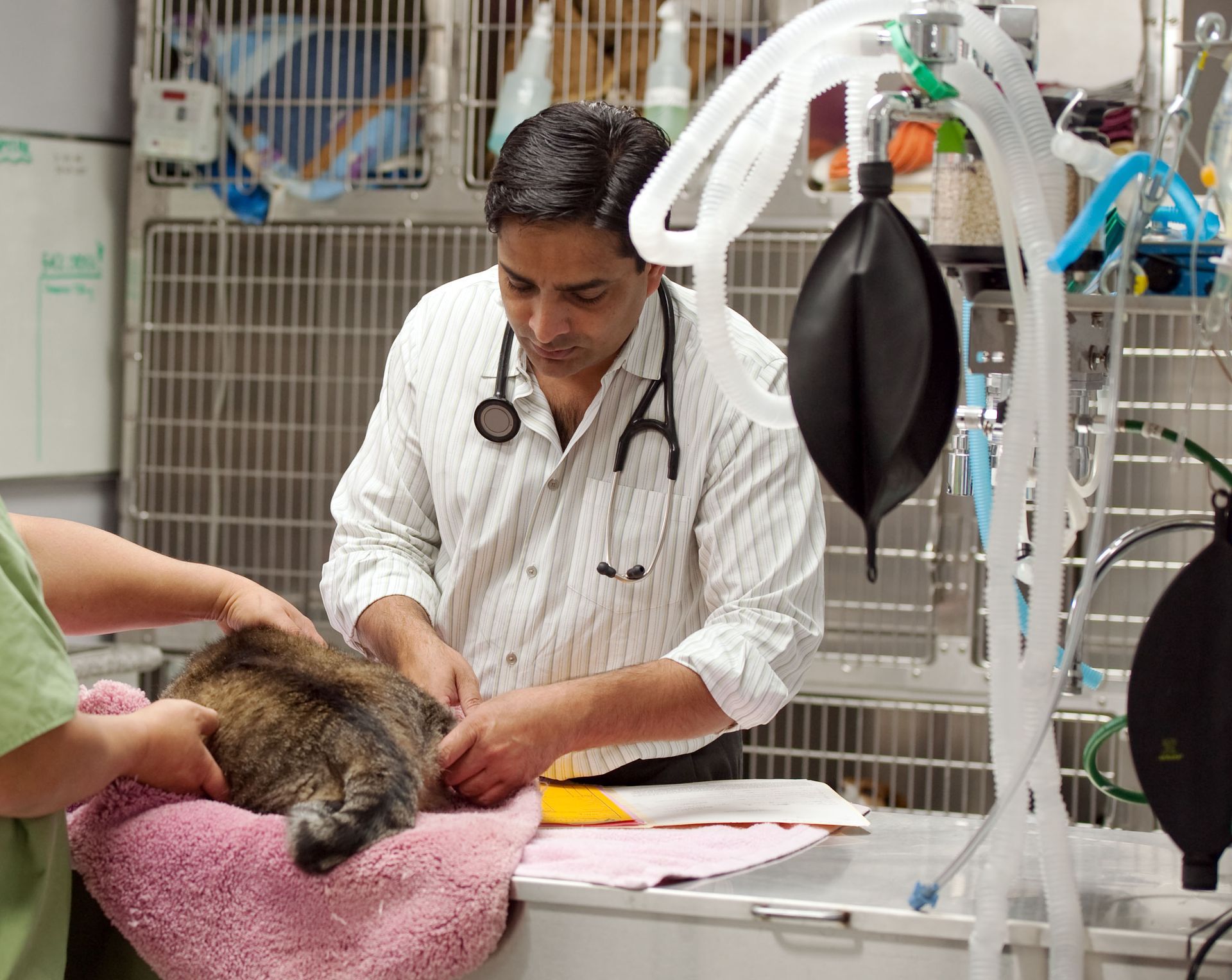
August 12, 2025
In the bustling world of veterinary practices, where compassion for pets meets the demands of business, one often overlooked aspect is the true cost of employee overtime. It's a topic frequently brushed aside or oversimplified, with many believing the additional hourly wages are the sole expense incurred. However, delving deeper reveals a complex web of hidden costs that can significantly affect a practice’s bottom line and the well-being of its staff and patients. The fallacy of hourly rates in veterinary medicine When questioned about how much a specific employee earns or “costs” the business, veterinary practice managers or owners frequently respond with something along the lines of, "Their hourly rate is $25, so they cost me $25 an hour.” But that view fails to capture the full picture. Beyond the question of base wages lies a myriad of additional expenses—from taxes and benefits to training and turnover—all of which contribute to the true cost of an employee. Understanding the true cost of veterinary employees To understand the real cost of a veterinary team member, you must consider the following factors: Overtime premiums — Overtime isn't only a matter of paying the base wage for extra hours. Federal and state laws often mandate overtime premiums, which can be as much as 1.5 times the regular rate. This additional expense can quickly add up, especially in practices where overtime is common. Burnout and diminished productivity — While it may seem easier to rely on overtime hours to meet business demands instead of seeking additional help, the long-term effects on employees can include burnout, fatigue, and decreased morale, which can lead to decreased productivity, increased errors, and higher turnover rates, not to mention serious mental health effects for your team members. Training and onboarding — Every new employee represents an investment in training and onboarding. When existing staff are stretched thin with overtime, the time and resources available for training diminish, potentially compromising the quality of care and increasing the likelihood of mistakes. Health care costs — Overtime doesn’t only tax the mind; it can also take a toll on physical health. Increased stress, irregular schedules, and inadequate rest can contribute to a host of health issues, ultimately driving up healthcare costs for employees and employers. Turnover and recruitment — The veterinary industry is no stranger to turnover, but excessive overtime can exacerbate the problem. Employees who feel overworked and undervalued are more likely to seek opportunities elsewhere, leading to increased recruitment and onboarding costs for a practice. Confronting the truth about overtime for veterinary professionals It's easy to fall into the trap of believing that overtime is a cost-effective solution to staffing shortages. However, as veterinary professionals, we must confront reality head-on and acknowledge the true burden of overtime. This means taking the time to calculate the full cost of employee hours, including direct and indirect expenses, and weighing them against the benefits of a well-rested, motivated workforce. How to manage the true costs of overtime What can veterinary practice managers do to mitigate the hidden costs of overtime? Here are a few strategies to consider: Evaluate workload and staffing levels — Take a critical look at workload distribution and staffing levels to identify areas of inefficiency or over-reliance on overtime. Invest in staff development — Make training and professional development opportunities a priority to ensure employees have the skills and support they need to thrive. Implement flexible scheduling — Explore alternatives to traditional scheduling models, such as flexible hours or compressed workweeks, to accommodate fluctuating demand without resorting to excessive overtime. Promote work-life balance — Encourage a culture of work-life balance by offering benefits such as paid time off, wellness programs, and employee assistance services. Communicate transparently — Foster open communication with staff about workload expectations, overtime policies, and the importance of self-care. In the fast-paced world of veterinary medicine, the true cost of employee overtime can often be overshadowed by immediate staffing needs and budget constraints. However, by taking a holistic view of employee expenses and acknowledging the hidden costs of overtime, practice managers can make more informed decisions that balance both financial sustainability and employee wellbeing. To discuss how overtime can wrack up considerable costs you may not realize, give our Veterinary System Services team a call. We’ll guide you through the pros and cons of bringing relief staff on board and provide a cost comparison in terms of finances, patient and client care, and employee wellbeing.

August 5, 2025
Veterinary inventory isn’t flashy or exciting for most veterinary professionals, and when it’s going well, the team is unlikely to think about it. However, when inventory systems don’t work, the entire clinic suffers. Stockouts frustrate team members, overstocking wastes money and space, and inventory managers become easily overwhelmed. If this sounds like your veterinary hospital, an overhaul of your inventory systems could help you get back on track. Veterinary System Services offers inventory consulting that transforms clinics and relieves stress on overworked team members. To illustrate how a few key changes can lead to significant improvements in cost control, space usage, and staff morale, here is the story of a clinic in Lone Tree, Colorado, that partnered with VSS to overcome its inventory challenges. The problem Clinic leadership contacted the VSS inventory consulting team after hiring a new team member who had previously used our service. Like many hospitals, their approach to veterinary inventory management wasn’t working for them. The practice spent more than 23% of its revenue on the cost of goods sold (COGS). The practice owner, Dr. Smith, wanted to see this number come down and had tried some tips they had heard about, with no success. Inventory management fell to Sara, a senior technician. Sara preferred working with patients, but she was reluctantly saddled with inventory responsibilities. For her, the job was thankless, and it clearly caused her mental distress. The team was constantly frustrated about stockouts, and Dr. Smith was unhappy with spending. Although they had plenty of storage space, including an entire basement food room, they never seemed to have what they needed. The solution After evaluating the practice’s veterinary inventory management systems, our recommendations included: Conducting a complete count of existing stock Using practice management software to track inventory Setting reorder points based on actual usage Transitioning food sales to an online platform Discontinuing retail extras, such as leashes, toys, and collars Some of the associate veterinarians were reluctant to give up in-house food sales, and Dr. Smith was concerned about losing revenue from retail items. Jane, the practice manager, worried about the disruption to business that a full inventory count would cause. It took some time, but the team overcame these hesitations and made the recommended changes. The results A year after our consultation with the Colorado clinic, we checked in on their progress. On arrival, we were greeted with Sara’s smile; she looked like an entirely different person with a weight lifted from her shoulders. She told us that costs were down, stockouts now rarely occurred, and that she finally got to spend more time with patients and less time putting out inventory fires. During a tour of the hospital, we saw that the retail section had been reduced to a few handmade specialty items that clients couldn’t get elsewhere, and most of the space was dedicated to a streamlined display of prescription diet starter bags. A new controlled substances cabinet, the first in a planned series of organizational solutions, was in place. As recommended, the hospital moved food sales online, which freed up the basement food storage room for a cat boarding area that generated monthly revenue. The team streamlined inventory so much that one of the stock closets had been transformed into a new exam room, creating further revenue opportunities. Overall, the practice decreased COGS by nearly 10 percentage points, an impressive feat for any hospital. Lessons learned Changes to veterinary inventory can be difficult to implement. Teams get stuck in inefficient patterns and feel too overwhelmed to institute change. But this real-life story is proof that impactful change is possible, and it doesn’t have to disrupt operations or tax already overworked team members. The changes this clinic made allowed a reluctant inventory manager to offload some of her duties and return to what she loved: caring for patients. Plus, the practice became more profitable, more efficient, and a better place to work. Contact us to learn more about VSS inventory consulting , medical-grade laundry , relief staffing, and placement services that help veterinary practices spend less and stress less.
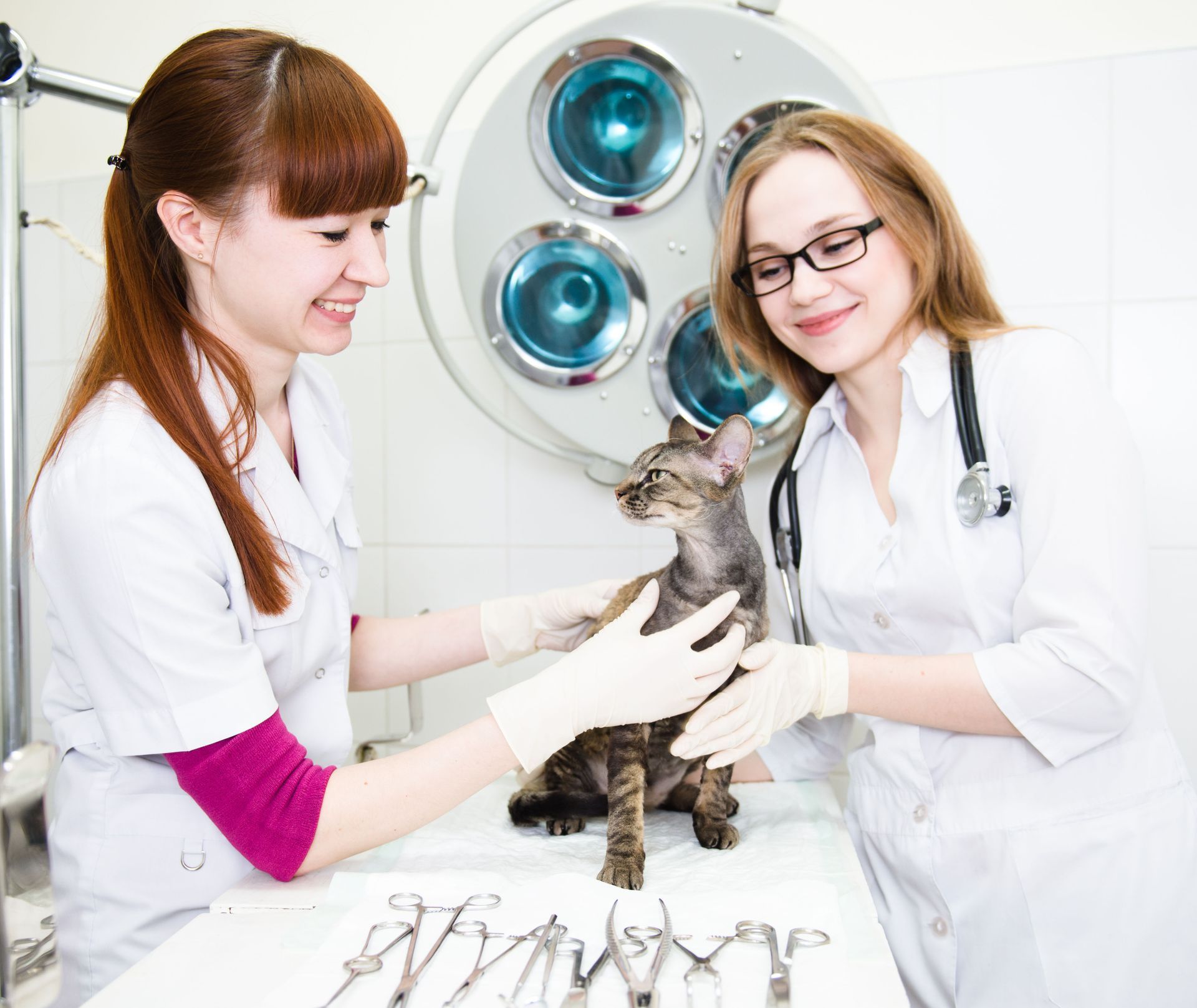
July 30, 2025
The veterinary industry continues to face staffing shortages, and many teams struggle to do more with fewer hands. However, if hiring isn’t feasible, you can find innovative and effective ways to run your practice efficiently and maintain high care standards. Leveraging your existing resources, utilizing relief professionals, and outsourcing non-medical tasks can optimize your practice and ease your team’s workload. Here are eight practical strategies to help ensure a successful practice.
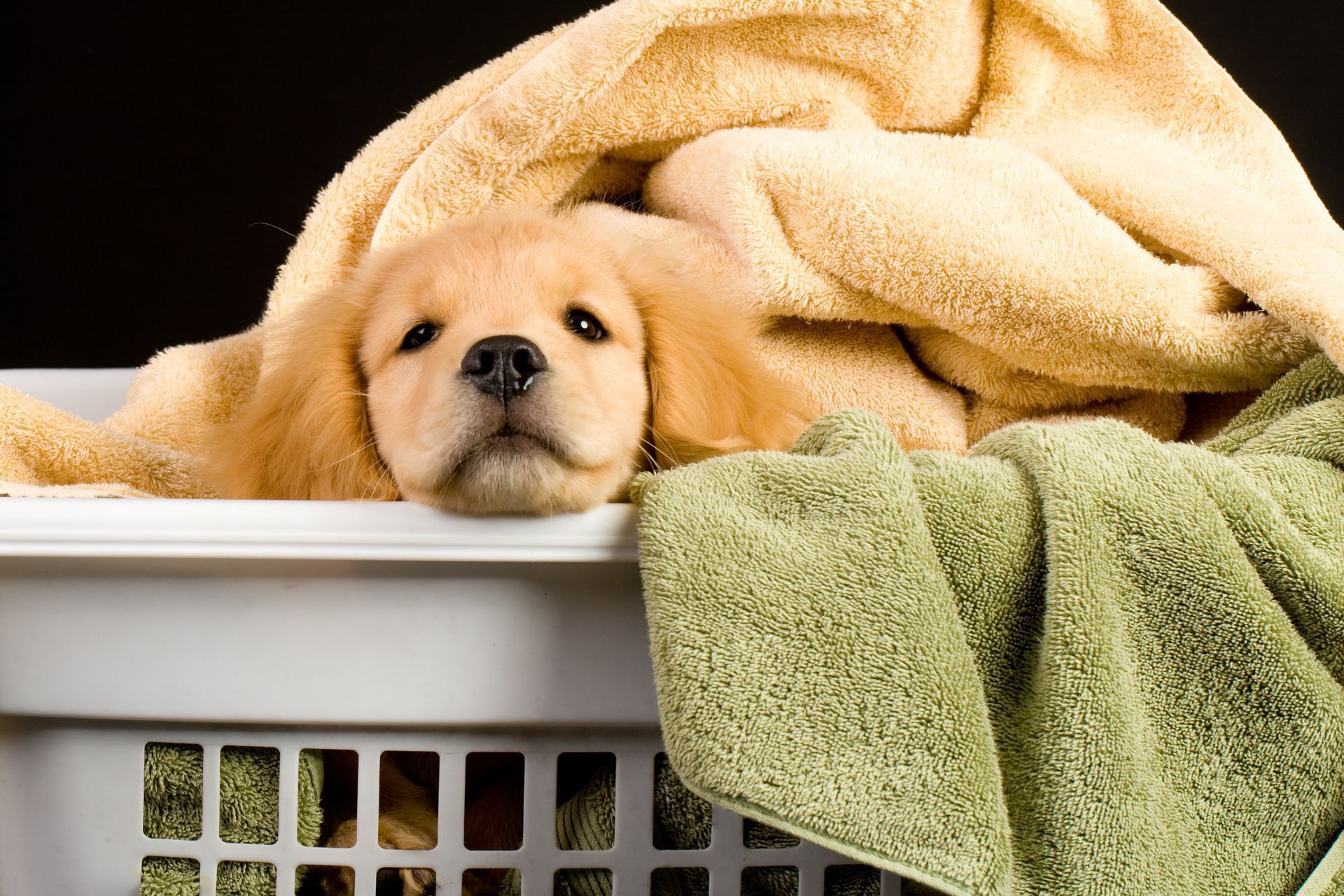
July 28, 2025
Veterinary professionals pour their hearts and souls into their careers, devoting their entire lives to caring for animals. By extension, they are also often green-minded and care deeply about the environment. With such a passion for nature and all living things on our planet, we generally strive to preserve what we can, reuse what we can recycle, and waste not whenever possible. Yet, amid these noble intentions exists a peculiar phenomenon—an emotional affair with trash. Yes, you read that right—trash. Why has this peculiarity developed, and why must the veterinary industry change this mindset? Read on. The paradox of practice In my experience providing medical-grade laundry services for veterinary practices, I have been astounded by the emotional weight that accompanies the seemingly mundane task of handling laundry. I took some time to comprehend the depth of this connection, and as I delved deeper, I was able to unravel its roots. The crux of the matter lies in the paradoxical nature of our profession. While we pride ourselves on practicing good medicine and upholding the highest standards of care, we often find ourselves using donated linens—a motley assortment of worn-out blankets and towels deemed unfit for household use but somehow suitable for veterinary care. These items, which belong in the landfill, are “generously” redirected to veterinary hospitals. While they may be appropriate for shelter pets awaiting their forever homes, you should never use stained and dirty towels in your surgical suite. The cost of compromise These well-intended donations inadvertently cause a perplexing predicament. You are expected to deliver compassionate and effective treatment, yet are forced to use substandard, worn, stained, and sometimes still dirty linens to comfort and care for your patients—a stark contrast to your professional ethos of excellence. We have convinced ourselves that since these items are "donated," they come at no cost. But, in reality, there is a non-monetary cost—you compromise the principles that originally drew you to veterinary medicine when you ignore your core values and use what essentially is trash. Breaking the feedback loop This peculiar dynamic is akin to a feedback loop and reminiscent of addictive behaviors like smoking. Nicotine provides a false sense of satisfaction, while using donated linens provides a fleeting sense of resourcefulness and cost-saving, but masks the underlying issue. By accepting and rationalizing the use of inferior materials, we betray the essence of our profession—compassion and excellence. A call to action It is high time to reevaluate our approach. Our profession already is grappling with compassion fatigue and burnout, and we cannot afford to overlook this critical aspect. Relying on donated linens may seem innocuous, but it represents a larger issue of complacency and compromise despite our commitment to provide pets with the best care possible. As veterinary professionals, we owe ourselves and, more importantly, our patients, to break free from this cycle and demand better. It is time to challenge the status quo, reassess our priorities, and seek sustainable solutions that align with our values and principles. We can reclaim the integrity of veterinary care by advocating for proper resources and refusing to settle for anything less than the best. This is not only about combating compassion fatigue or burnout—it’s about preserving the essence of what it means to be a veterinary professional. It is about recognizing our worth and refusing to compromise on the quality of care we provide. Let’s make this observation a catalyst for positive change in our industry. Let’s embrace a future where every aspect of patient care reflects the compassion and excellence that define our profession. Ditch your emotional affair with dirty, donated laundry and turn to the professionals for help. Contact our Veterinary System Services team to discuss using the medical-grade linens that your patients deserve.
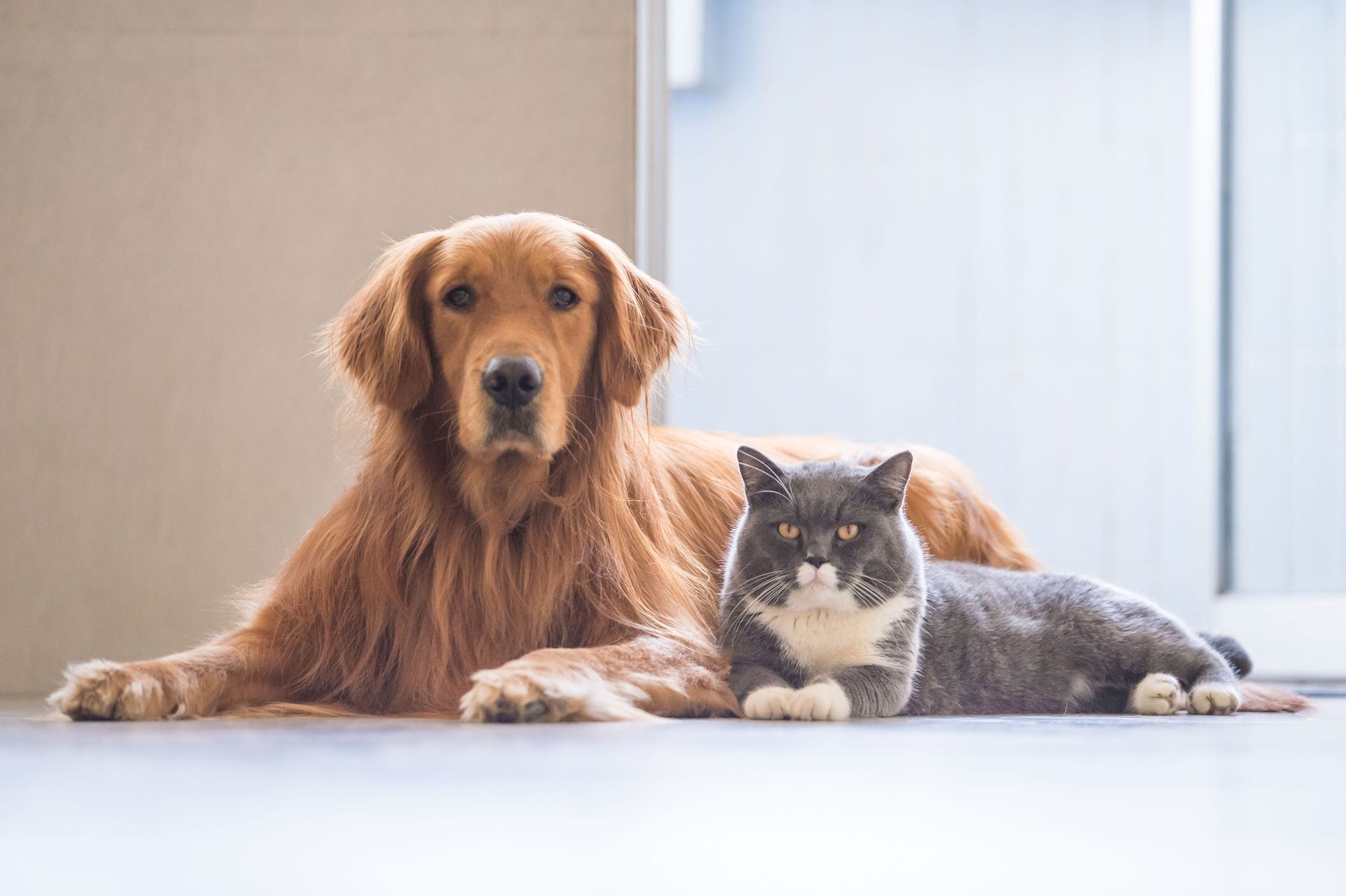
July 15, 2025
Veterinary non-compete clauses have become a controversial topic. These employment contract inclusions prevent employees from working for or opening a competing business in a specified geographic area and time frame. Once considered standard practice, the veterinary industry is now questioning the utility and enforceability of non-compete clauses. At Veterinary System Services , we’ve chosen to forgo non-compete agreements, which can unfairly limit veterinarians’ job prospects and career-earning potential. However, many business owners in the profession believe imposing non-compete restrictions is in their best interest. Here, we examine the pros and cons of non-competes and alternative options veterinary practices can employ to earn team member loyalty. What are non-compete clauses? Employers use non-compete clauses to protect their business assets. In veterinary medicine, non-competes generally apply only to veterinarians, preventing them from leaving the practice for one nearby and taking clients or staff members with them. Each veterinary non-compete has specific provisions for what the employee can and cannot do and for how long after terminating their relationship with the employer. Veterinary non-competes have been standard practice for many years, but have several inherent problems. First, they can prevent veterinarians from leaving a practice that isn’t a good fit, causing them to feel trapped and contributing to the industry’s declining mental health. Depending on practice location, they may have to upend their lives and move to a new job outside the restricted area. Additionally, non-competes remove an employer’s motivation to create a better, more innovative workplace, which harms not only employees but also clients and pets. And, despite the threat of legal action should a vet try to break the clause, they are often unenforceable. Reconsidering veterinary non-compete clauses Many in the veterinary community recognize that broadly restrictive non-competes are harmful to the profession and want them to end. And, veterinarians aren’t alone in this quest—the Federal Trade Commision (FTC) ruled to ban non-competes in almost all instances. However, it’s unclear whether or when the ruling will be enforced. In the meantime, we urge veterinary practices to reconsider using non-compete clauses for the following reasons: Limited legal enforceability — Non-competes may end up being more trouble than they’re worth, as courts may side with employees over excessively restrictive agreements. Restricted professional growth — Non-competes can prevent veterinarians from advancing their careers. Reduced employee morale — Employees who sign non-competes may feel trapped and resentful. Fewer prospective employees — Non-competes can deter top talent who are looking for flexibility and freedom in their careers. Stifled innovation — Non-competes lock veterinarians in their roles, contributing to industry stagnation. At-will employment and positive veterinary practice culture Some practices may view veterinary non-competes as a way to guarantee that the time and energy they put into training and mentoring veterinarians won’t go to waste. However, this philosophy can lead to a toxic or negative workplace culture. You shouldn’t need to trap your employees to keep them around. Instead, focus on creating a positive, collaborative, supportive culture and offering attractive compensation and benefits. Asking an employee to sign a non-compete strains your relationship from day one. Instead, start off on the right foot by empowering your new hires to choose their own path and determine if your practice is truly a good fit, without the threat of legal action. Alternatives to veterinary non-compete clauses Non-competes aren’t the only option for veterinary practices to protect their interests. It’s completely reasonable to ask employees to sign less-restrictive agreements that don’t limit their career prospects or determine where they can live. Non-disclosure agreements (NDAs) prevent employees from sharing sensitive information, while non-solicitation agreements prevent employees from taking clients or staff members when they leave. In an evolving veterinary industry, non-compete clauses are becoming increasingly outdated. Eliminating non-competes and adopting less-restrictive non-solicitation agreements will benefit individual veterinarians and the industry as a whole. In an open job market, increased competition will force practices to improve their working conditions and compensation and new and innovative veterinary businesses will thrive. At Veterinary System Services , we believe in empowering team members and creating a positive workplace culture. Contact us to learn about our services or check out our open positions, so you can take the next step in your veterinary career journey.
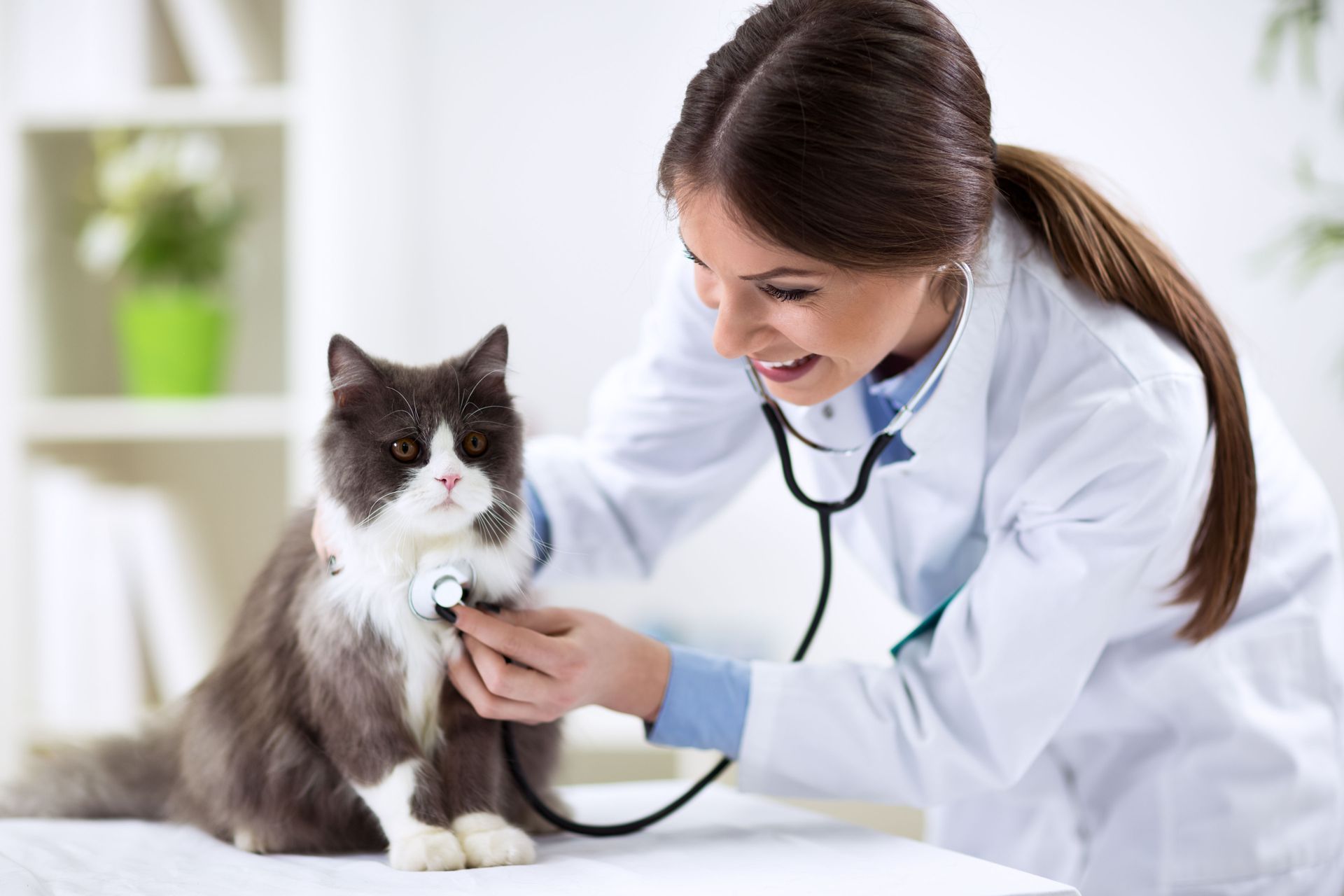
July 9, 2025
Being a relief veterinarian comes with a ton of perks, which include providing benefits for the veterinary and pet communities you serve. However, shift work also has its drawbacks. Although being your own boss and making your own hours sounds incredible, learn the ins and outs of being a relief veterinarian before taking the plunge. One of the biggest decisions you’ll need to make as a relief veterinarian is determining whether you want to work with a relief company or strike out on your own. Both options have their pros and cons, but working alone as a locum tenens veterinarian can be tough, especially when you’re first starting out. Learn about the common challenges locum veterinarians experience, and how working through a relief company can mitigate these issues. #1: Relief veterinarians often face payment issues Receiving proper compensation, including timely reimbursement or payment for the correct number of hours worked, for your services can be challenging. In some cases, you may receive no reimbursement. As a solo relief veterinarian, you may need to take the matter to a small claims court, but you have to hire and pay for an attorney upfront, and deal with all the hassle of fighting for your payment. So, you might just be tempted to write off your unpaid services and scratch that veterinary practice off your list. As a relief veterinarian working through a company, you avoid having to fight to receive your pay. The company goes to bat for you and ensures you are paid the reimbursement on which you have agreed, on the scheduled payment date. You no longer have to struggle with getting paid for the hours, lunches, or mileage that was verbally discussed, but not hammered out in a contract. A relief company ensures each detail is accounted for, so you get every penny you’ve earned. #2: Relief veterinarians need to figure out their own taxes Taxes and insurance are two of the most confusing aspects of being a relief veterinarian. If you work for a practice as a W-2 employee, the owner and practice manager handle your taxes and benefits. However, as a relief veterinarian, you are responsible for managing your tax withholdings and determining your insurance coverage. As a business owner—whether of a sole proprietorship, limited liability company (LLC), or subchapter corporation (S-corp)—you shoulder the burden of figuring out your tax payments. You’ll need an excellent accountant to ensure you’re setting aside the amount you need to pay for estimated quarterly taxes, and to determine eligible tax write-offs. However, if you work as a relief veterinarian for a company, you avoid the many challenges of figuring out your own taxes. If you don’t want the hassle of having to figure out your taxes, consider working with a relief company. #3: Relief veterinarians need to have a contract in place As a solo relief veterinarian, you need a contract that outlines all your working relationship details. However, many veterinary corporations have their own contract, which benefits the corporation, rather than locum tenens practitioners. As a relief veterinarian, you need to ensure your contract covers every possibility related to the services you perform, hours worked, commute reimbursement, payment schedule, and much more. While a solo veterinarian has the freedom to provide their own contract, corporate hospitals may not accept a single locum tenens veterinarian’s demands. By working with a relief company, you have the backing of your corporation, but the freedom to write a contract that benefits you. #4: Relief veterinarians need their own insurance coverage A relief veterinarian must ensure their insurance thoroughly protects them. If your insurance coverage is inadequate, you can be left on the hook for astronomical bills that cover a huge range of incidents. For example, if a client’s dog bites them while they attempt to help you perform an examination, the pet owner could sue you. However, general liability insurance would provide the protection you need. Comprehensive insurance coverage can be pricey. However, monthly premiums are incomparable to the amount medical bills, court fees, or other unlikely, but expensive, situations can cost. A relief company may pay for your insurance coverage, instead of you having to pay the premium each month. #5: Relief veterinarians are on their own As a relief veterinarian, you’re independent. However, that independence means you have no backup, and no one to call if you run into a problem. As a solo locum tenens veterinarian, especially if you are filling in at a single-doctor practice, you may have no one with whom to discuss differentials and treatment options. If you work with a relief company, however, you have the freedom and flexibility to be your own boss, with the benefit of backup support. A pool of veterinary professionals is at your disposal to serve as consultants or mentors. If you have been working as a solo relief veterinarian and are facing the many challenges we have discussed here, consider the benefits of working with a company. To learn more about how working with a company can resolve the issues you face, discuss the possibilities with our Veterinary System Services team.
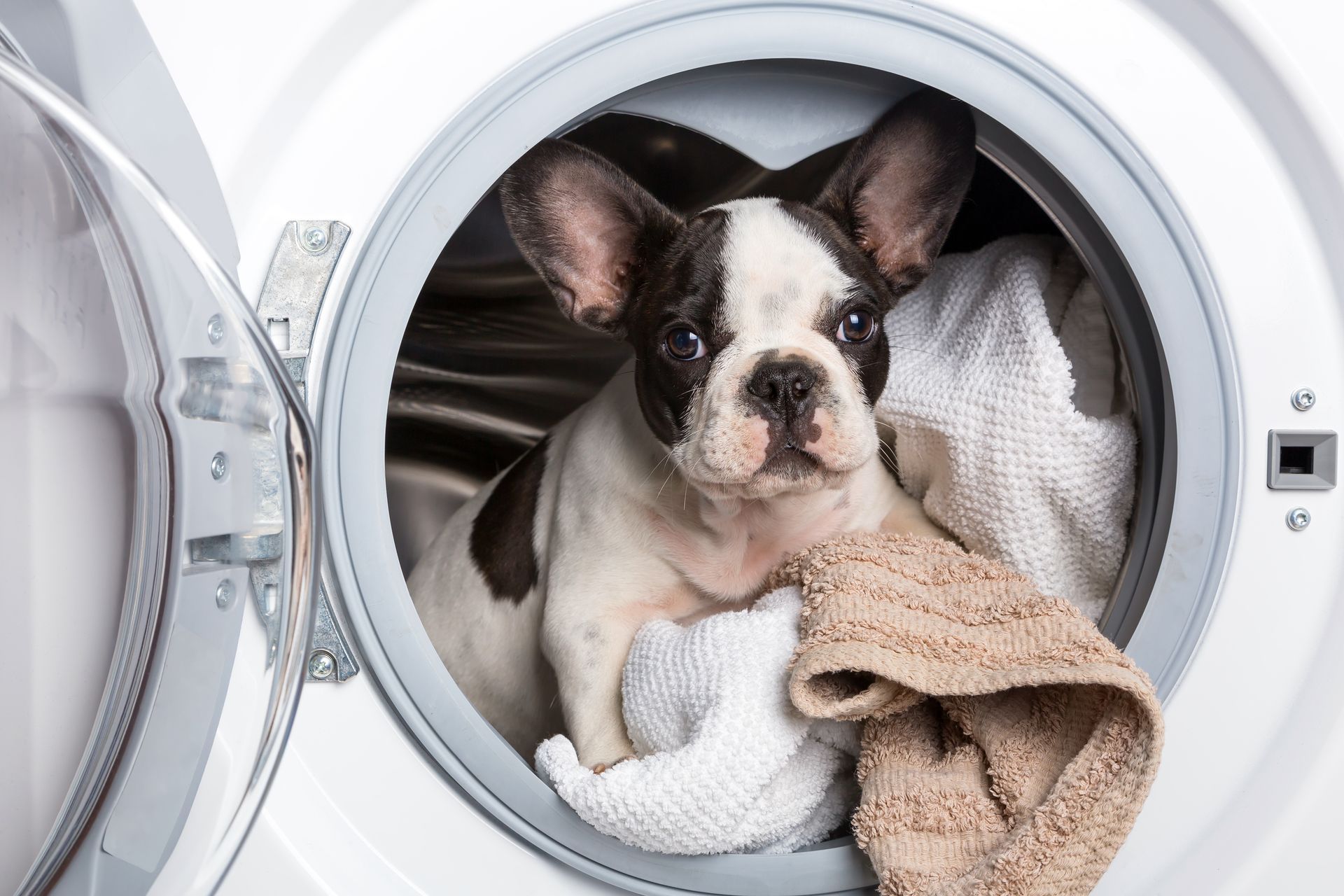
June 25, 2025
In the world of veterinary medicine, certain practices and beliefs have been passed down through generations of professionals and become ingrained. One such practice is the notion of "washing it twice"—the idea that to ensure cleanliness and safety, certain items or surfaces should be washed not once, but twice. This mantra has become commonplace, particularly in situations where contamination is suspected, like dealing with potential pathogens such as parvovirus or leptospirosis. But where did this practice originate and, more importantly, is its effectiveness based on science? Why do veterinary professionals believe in “washing it twice?” Veterinarians and veterinary technicians often adhere to this principle out of instinct, without necessarily questioning origins or efficacy. It's a reflex response to the desire for thorough cleanliness, especially with potentially hazardous substances. Moreover, in fields like veterinary medicine where contamination can have dire consequences, we are naturally inclined toward extra caution. Washing a load of dirty laundry twice may feel like an added layer of protection, despite the lack of a scientific rationale. However, critically evaluating such practices, especially when they consume resources and time without clear benefits, is essential. In the case of washing laundry or surfaces twice, it's worth questioning whether the second wash truly adds any value beyond the first wash. The question then arises—why do we believe that washing items twice is effective when no concrete evidence supports the notion? The answer lies in a combination of tradition, anecdotal evidence and, perhaps, a dash of superstition. Over time, the repetition has cemented this practice as a standard procedure in many veterinary settings, perpetuated by word of mouth rather than empirical data. Does the theory behind “washing it twice” have any backing? The absence of published papers or guidelines from authoritative bodies (i.e., the AVMA, CDC, or AAHA) endorsing the notion of washing items twice raises doubts about its validity. Without official or scientific backing, the practice becomes akin to a ritualistic belief—like knocking on wood—rather than a proven method of hygiene. Why is the theory behind “washing it twice” a problem? The absence of formal guidelines or published studies should prompt reassessment of our beliefs and practices. Something may have been done a certain way for years, but that doesn't necessarily mean it's the best or most efficient method. In the absence of empirical evidence, the veterinary community must encourage and support research that investigates the efficacy of such practices. Without data-driven insights, we risk perpetuating myths and potentially wasting valuable resources on ineffective protocols. Similarly, in other veterinary practice areas, such as inventory management, challenging unsubstantiated beliefs or practices is essential. The notion of a 10% variance in controlled substances, for instance, may be widely accepted among veterinary professionals, but without the support of concrete regulations or guidelines from the Drug Enforcement Administration (DEA), it remains a misconception that could lead to compliance issues and inefficiencies. How can we do away with the “washing it twice” theory? So, where do we go from here? How do we navigate the murky waters of unsubstantiated beliefs in our professional practices? The first step is awareness. By acknowledging the lack of evidence supporting certain practices, we open the door to critical examination and potential improvement. In the case of "washing it twice," veterinary professionals should consider reevaluating their cleaning protocols based on evidence-based practices rather than tradition alone. This may involve conducting studies to determine the most effective methods of decontamination or relying on guidelines established by reputable organizations like the AVMA, CDC, or AAHA. The idea of "washing it twice" in veterinary practices may have persisted over time, but its effectiveness remains questionable in the absence of scientific evidence. It's time for the veterinary community to critically evaluate such practices and embrace evidence-based approaches to ensure the highest standards of cleanliness and safety for patients and practitioners. Let's leave superstition at the door and welcome a new era of informed decision-making in veterinary medicine. To do anything well, you should do it right the first time. Ensuring a job is completed fully, accurately, and efficiently the first time conserves critical resources, time, and energy. For a medical-grade clean—the first time—contact our Veterinary System Services team to handle your hospital’s laundry.

June 17, 2025
In the ever-evolving landscape of veterinary practice, compensation remains a cornerstone concern for professionals. However, the perception of compensation often revolves solely around the dollars per hour figure, and the intricacies and nuances that truly define comprehensive remuneration packages are overlooked. As our Veterinary System Services team looks back at the lessons gleaned from the past years, we see that a paradigm shift in how veterinary professionals perceive and negotiate their compensation is clearly necessary. Relief service competition: Navigating the terrain Previously, although Veterinary System Services did not have a great deal of competition in the relief services market, we long anticipated the advent of competition in this niche corner of the industry. As veterinary professionals and practices rely more and more on relief services so their teams can maintain a positive work-life balance and battle staffing shortages, new companies have emerged. The true challenge for VSS and all relief veterinary professionals has emerged, not from the competition itself, but the misconceptions surrounding compensation. Despite offering unparalleled benefits, we found ourselves confronted with professionals swayed by the allure of superficially high hourly wages offered by competitors. This phenomenon underscores a critical issue—the pervasive misunderstanding of compensation dynamics within the veterinary community. Beyond dollars per hour: Unveiling the true worth of compensation At the heart of the matter lies the fallacy of equating compensation solely with dollars per hour. The prevailing notion that a higher hourly rate translates to superior compensation is flawed and warrants reevaluation. Actual compensation encompasses a multifaceted spectrum of benefits and perks, each contributing to the overall value received by employees. The best way to evaluate compensation is to adjust the hourly wage by factoring in benefits and detracting the costs of providing services. Dispelling misconceptions: Unraveling the gig economy illusion The rise of the gig economy has perpetuated the myth that monetary compensation alone defines the worth of one's time and effort. However, this myopic viewpoint fails to account for the deductions and hidden costs associated with ostensibly lucrative hourly rates. In reality, the compensation’s true value extends far beyond nominal figures and encompasses essentials such as insurance coverage and paid time off. For example, a practice may be offering a relief veterinarian $100 per hour, but no benefits. This means the relief vet must foot the bill for insurance policies, fund their own retirement plan with no employer match, and go without compensation when they take a vacation. By the time all these costs are subtracted from their hourly wage, they likely have only a half or two-thirds left. Reframing the narrative: Maximizing compensation for veterinary professionals To navigate the complexities of compensation effectively, veterinary professionals must adopt a holistic approach that transcends the allure of superficially high hourly wages. Rather than fixating on nominal figures, you should prioritize comprehensive benefits packages that enhance your overall well-being and financial security. By reframing the narrative, professionals can optimize their earning potential and safeguard their long-term financial stability. Understanding the true benefits: A roadmap to enhanced compensation Contrary to popular belief, insurance coverage does not equate to a tangible benefit if deductions are taken from hourly wages. True benefits entail provisions, such as employer-paid insurance premiums and generous paid-time-off policies, that afford employees financial security and peace of mind. By prioritizing these fundamental compensation components, veterinary professionals can ensure that their time and effort yield substantive rewards. The path forward: Empowering veterinary professionals to advocate for true compensation As we reflect on the lessons learned in 2024, we see that a fundamental shift in perspective is imperative to redefine the notion of compensation within the veterinary industry. By transcending the narrow confines of dollars per hour and embracing a comprehensive approach to remuneration, professionals can secure their financial well-being and fortify the integrity of the veterinary profession as a whole. It is incumbent upon veterinary employers and employees to collaborate and foster an environment that values and prioritizes true compensation, which will ensure a brighter future for all stakeholders. By recognizing the inherent value of comprehensive benefits packages and advocating for their inclusion in employment negotiations, veterinary professionals can pave the way for a more equitable and sustainable future. Learn how Veterinary System Services offers transparency when calculating true compensation for relief veterinary professionals by discussing employment with our team.
Employment Database
Veterinary System Services Inc
Employment Application for Veterinary Professionals
Veterinary System Services Inc offers exciting career opportunities for veterinary professionals across Colorado, Massachusetts, New Mexico, and beyond. Our employment application process is designed to match skilled individuals with rewarding positions in the veterinary field. With any further questions, please reach out to Veterinary System Services today.
